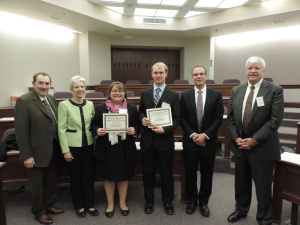
Just like any graduate student, I get a big load of homework every week. Professors keep us very busy at the University of Rochester, and I often wish I had more time to spend outside of the library. Some of the homework assignments I get are team assignments. These are very interesting at different levels.
First, who would have thought that homework could be fun? As a matter of fact, working on a team can turn out to be fun and productive at the same time. Every time I meet with my classmates to do group assignments, we spend 10 to 15 minutes socializing and relaxing before moving on to serious things. I believe that working in a good work environment helps stimulate team members to be more productive. Moreover, enthusiasm about doing homework will result in higher quality and more time-effective results.
In addition to that, working on a project with students from different cultures and backgrounds will help you see things from a broader perspective. If I was asked 6 months ago how comfortable I would feel working with a group on the development of innovative biomedical devices, I would have run away as fast as I could. But I see things from a different angle now. As part of the MS TEAM program (Technical Entrepreneurship & Management), I have had the opportunity to work twice with students from the biomedical engineering department. I learned that a diversified team always performs better than a team where all members are experts on the same subject matter. As a matter of fact, we had complementary skills; they had the technical skills necessary to develop the prototype of medical devices in a novel way and as a TEAM student, I had the business skills to develop a business plan that would address the market requirements.
However, working in a team could be challenging and a source of tension between members. In fact, some of the team members might forget about the big-picture goal and compete for attention and praise for accomplishments by trying to push the team towards the way they envision the solution. Smart team members can act as leaders and take advantage of these potential conflicts, turning individualistic efforts into a combined perfect solution that satisfies the most people.
To conclude, working on a team for a project goes beyond just a regular homework assignment. It’s all about learning from others, and extending our capabilities and limits. Teamwork allows you to do work you wouldn’t be able to do by yourself, and in a short period of time. Most of all, working on a team promotes the development of communication skills and tolerance of others’ opinions.
– Amir Ianis KHELIL ’15 (MS)

















